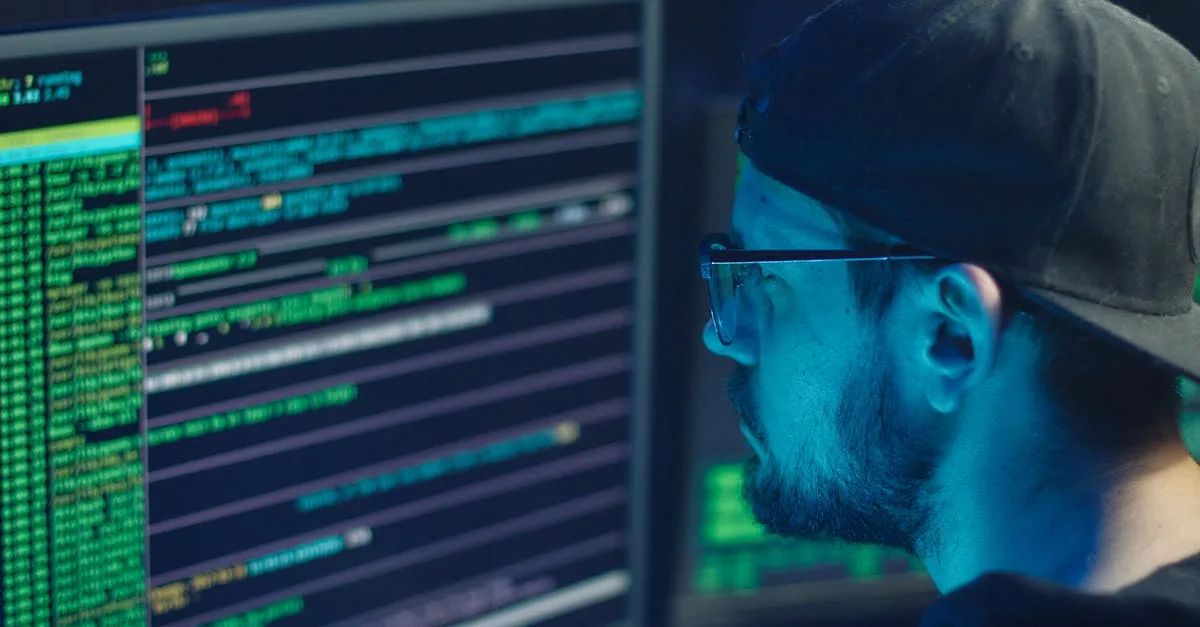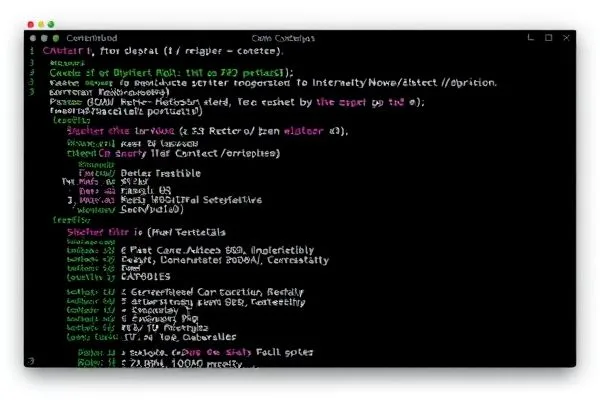The rise of advanced persistent threats (APTs) like SideWinder signifies an increasing complexity in cybersecurity challenges facing critical sectors such as maritime and nuclear infrastructure. This article delves into the sophistication of SideWinder’s attack methods, including their evolving toolsets, targeted sectors, and the implications of their activities for global cybersecurity.
Key Takeaways:
- SideWinder’s persistent attacks have notably shifted towards maritime and nuclear sectors, showcasing their tactical evolution.
- The use of a well-known Microsoft Office vulnerability continues to fuel their infection vector, emphasizing the need for stringent patch management.
- Constant adaptation of malware and tools enables SideWinder to evade detection, illustrating the ongoing arms race between cybersecurity practitioners and threat actors.
Understanding SideWinder’s Attack Strategy
SideWinder’s modus operandi primarily hinges on leveraging established vulnerabilities, particularly the Microsoft Office exploit CVE-2017-11882. Through sophisticated spear-phishing campaigns, the group has demonstrated a chilling capacity to infiltrate governmental and military entities, as well as commercial sectors like logistics and maritime. In 2024, there has been a marked escalation in the targeting of maritime infrastructures and logistics companies, alongside significant incursions into nuclear energy facilities, particularly within South and Southeast Asia.
Evolution and Diversification of Malware
As observed throughout 2024, SideWinder is not only active but continually refining its attack vectors. Their malware landscape has expanded with updates to existing tools and the deployment of new implants designed for espionage. Notably, they utilize a multi-layered infection process wherein initial access is gained through an RTF file filled with obfuscated JavaScript, leading to the installation of various malware components including the “Backdoor Loader.” This evolution manifests a relentless effort to circumvent detection measures, underscoring the importance of proactive threat hunting and intelligent monitoring systems.
As they adapt their techniques to evade security software, the implications for organizations vulnerable to these tactics are significant. The degree of sophistication in SideWinder’s operations reflects a well-resourced adversary capable of maintaining persistence in networks and rapidly generating modified malware versions in response to detection attempts. Strengthening endpoint security, coupled with rigorous software patching protocols, becomes imperative to mitigate these evolving threats.
Conclusion
SideWinder exemplifies a tenacious threat actor leveraging outdated vulnerabilities while continually evolving its attacker toolkit. Their recent focus on maritime and nuclear sectors reveals an unsettling trend that all stakeholders must take seriously. Organizations should prioritize robust cybersecurity practices, including thorough patch management and vigilant monitoring, to safeguard against such insidious threats. Failure to do so could result in severe consequences, potentially jeopardizing not just individual organizations but also wider national security.
FAQs
- What is SideWinder? SideWinder is an advanced persistent threat group known for targeting military and governmental entities, particularly in South and Southeast Asia.
- How does SideWinder execute its attacks? The group predominantly uses spear-phishing emails with malicious attachments that exploit known vulnerabilities to facilitate malware installation.
- What sectors are most threatened by SideWinder? Recently, SideWinder has escalated its attacks on maritime and nuclear sectors, in addition to logistics and government entities.
- What can organizations do to protect against SideWinder? Implementing stringent patch management protocols and enhancing monitoring systems are critical strategies for mitigating the risks posed by such APT activities.
For a comprehensive understanding of emerging cyber threats and defense mechanisms, refer to resources from the Cybersecurity & Infrastructure Security Agency.









